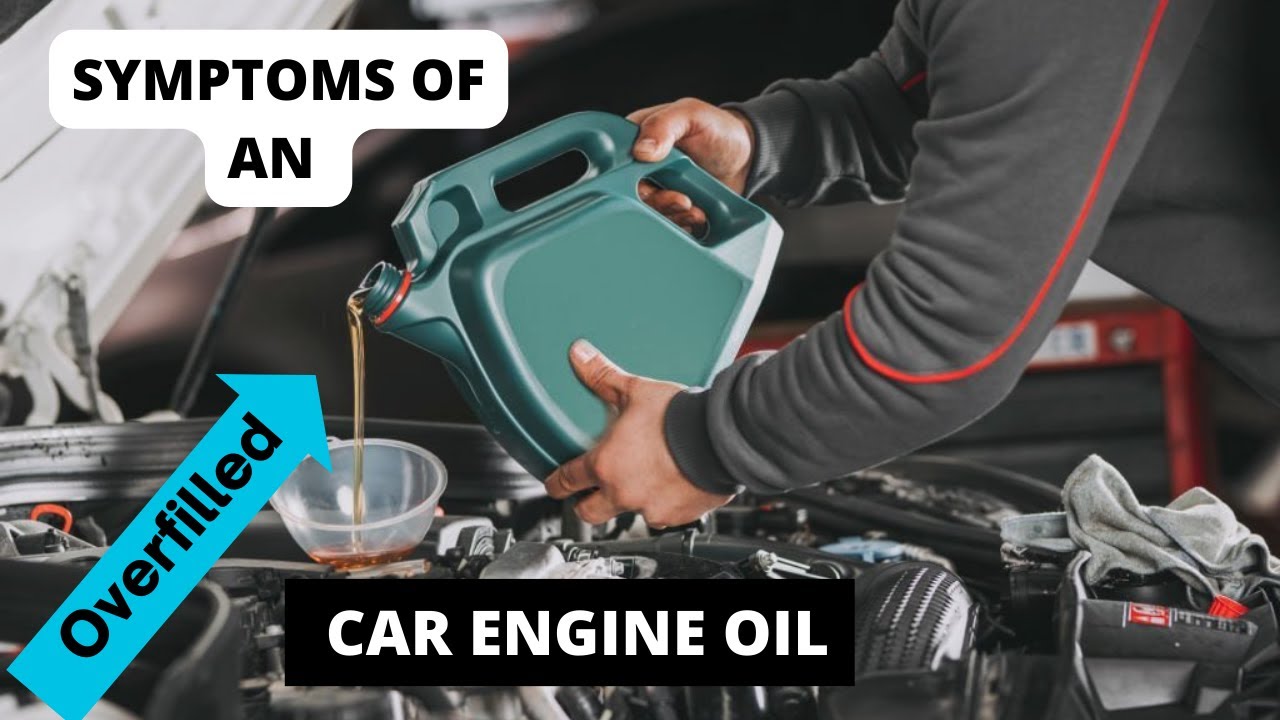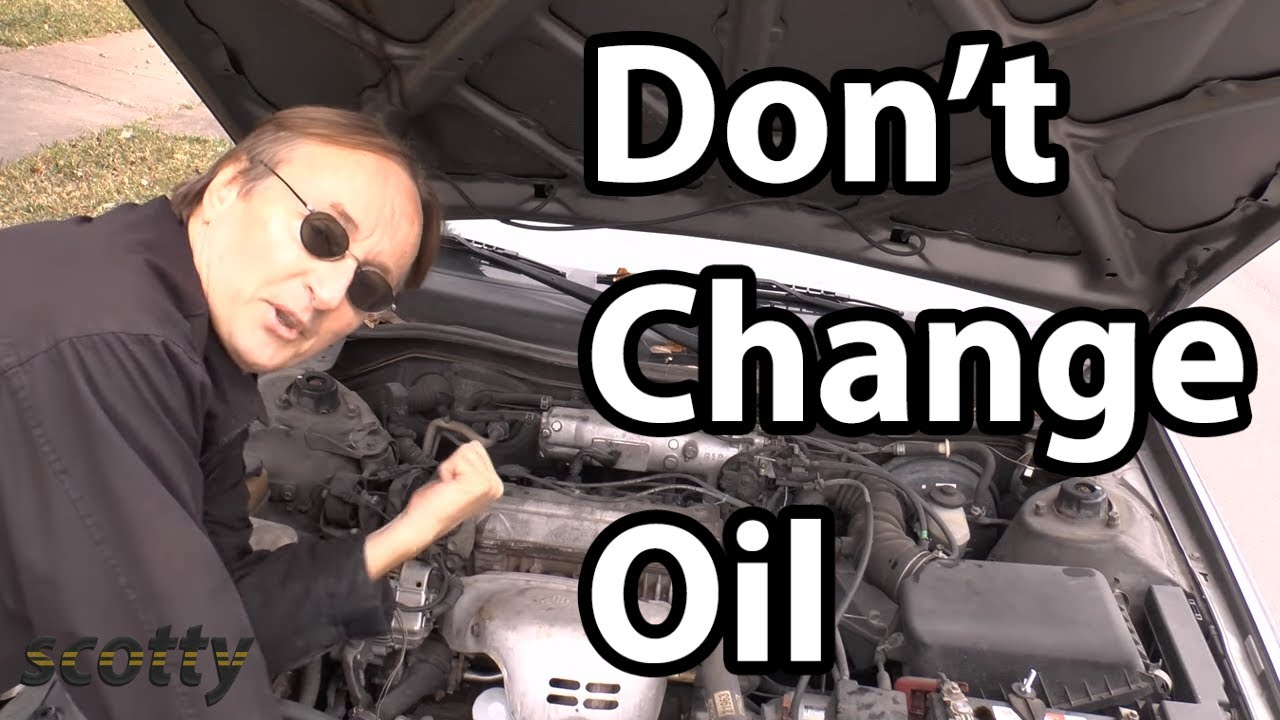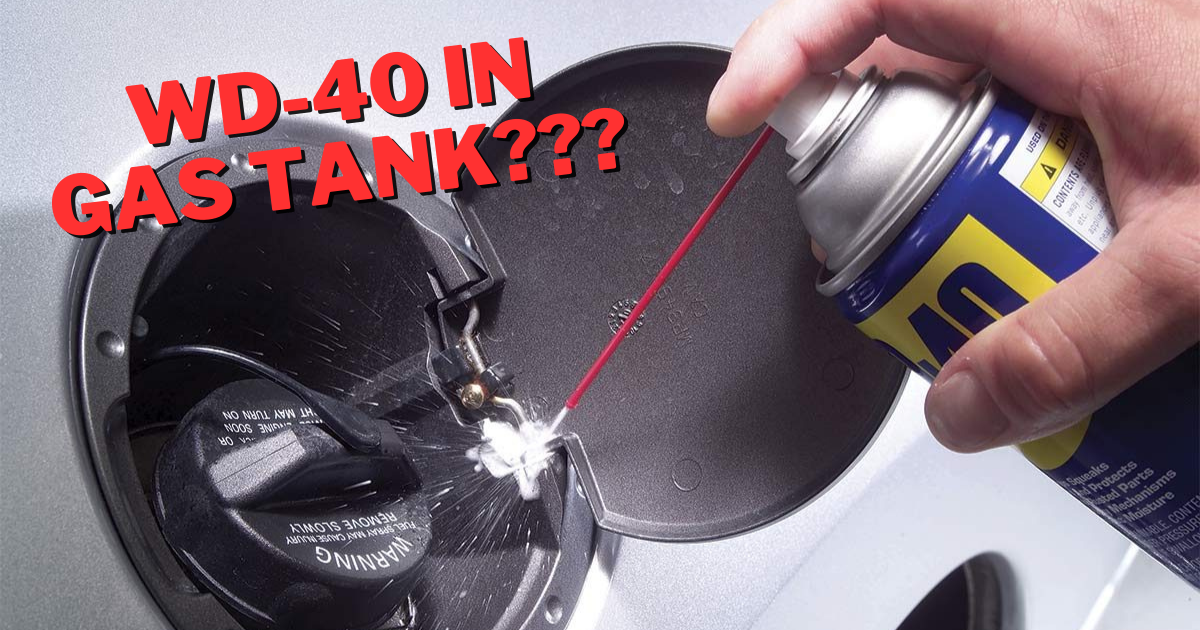Engine oil is the lifeblood of a motor; it lubricates and protects the components by generating a thin protective coating. Too much or too little engine oil might shorten its life. What happens if you overfill your car’s engine with oil?
Before we discuss why too much oil is harmful to your car’s engine, we must first explain what it does. Oil is usually replaced via the cap on top of the engine’s crankcase. When the engine is off, oil settles in the oil pan. When you start your engine, oil circulates through filters lubricating all the components. If you don’t change your engine’s oil regularly, you will face some huge problems that are not easy to fix.
How can you tell if there’s too much oil in your car?
Checking the engine’s dipstick is the quickest way to do this. There, you’ll be able to quickly figure out if the engine has too much or too little oil. The oil level should be in the middle of the measuring line on the dipstick. if Oil is not sticking to the dipstick, you may have some problems,
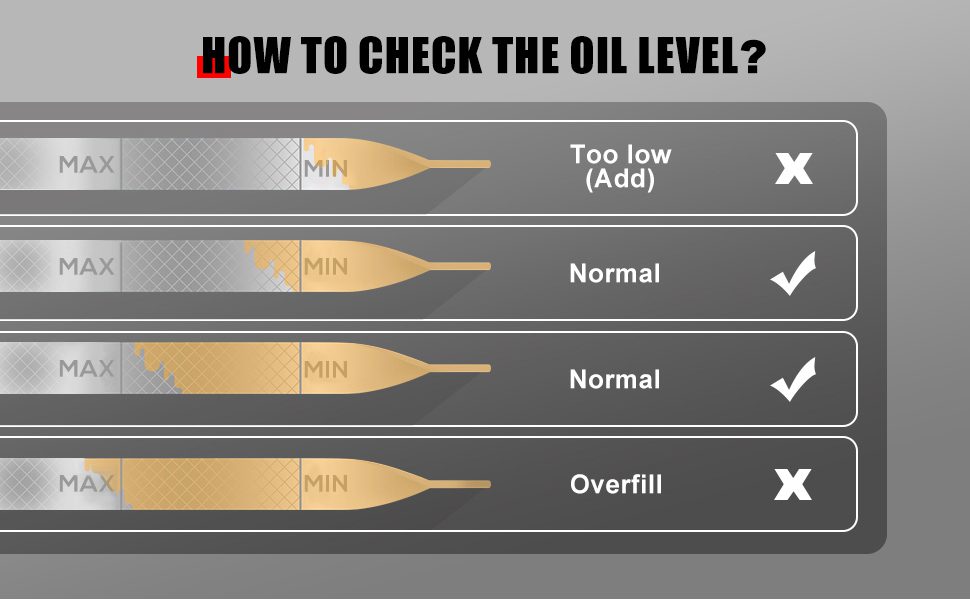
This gives you some room if your car starts leaking oil and you need to add more oil. It’s also a good idea to check your oil level often and to look in your owner’s manual for specific instructions on how to check your car’s dipstick, since they can be made in different ways.
Other signs are if your car’s exhaust pipe is making blue smoke or if it smells like oil is burning. If your car has a gauge for this, high oil pressure is another sign. You can also tell if a car’s engine has too much oil by listening to how it runs. If it’s running rough and there’s oil on the spark plugs, it could mean there’s too much oil or another problem with the car’s mechanics. Either way, if you see this happening, it’s best to get your car fixed right away.
What happens when you overfill the engine with oil?
If too much oil is in your car’s engine, the fast-moving crankshaft can come into contact with the oil and make it aerated. This makes the oil foam, which makes it less able to protect and lubricate the parts that move.
Oil Leakage
Too much oil builds up too much pressure inside the engine, which leaks through the seals and gaskets. This leads to leaks and more problems for you because your engine can no longer hold its oil. If any of these gaskets or seals fail, you might have to pay for expensive repairs.
Pressure on the heads and tails of the crankshaft.
The heads and tails of the crankshaft stop oil from leaking out. If you put too much oil in the engine, it can put extra pressure on these parts, which can cause them to leak. Also, if this happens at the end of the shaft where the flywheel is, oil can get into the clutch and damage it.
Damage to the engine.
If there is too much lubricant in the system, the crankshaft will be under more pressure. This can cause oil to get into the crankshaft exhaust pipe and run into the combustion chamber, where it can clog up the suction hose with oil soot and cause the engine to overheat. When engine oil leaks out, it can also bend engine rods and break valve pipes.
Engine wear.
If the oil pressure is wrong, engine parts won’t be lubricated as well as they could be, which will cause more wear.
Spark plug fouling:
If too much oil gets into the spark plugs, they will need to be changed.
What are the symptoms of overfilled oil
High oil pressure indicator
Not all cars have an oil pressure gauge, but the ones that do may show “high pressure” if the oil was put in too much. But keep in mind that if the oil pressure sensor is broken, the gauge may read wrong.
Running Rough, Moving Slowly, and Not Starting
When too much oil gets on the spark plugs, they can get dirty and cause these problems.
Can’t Start the Car
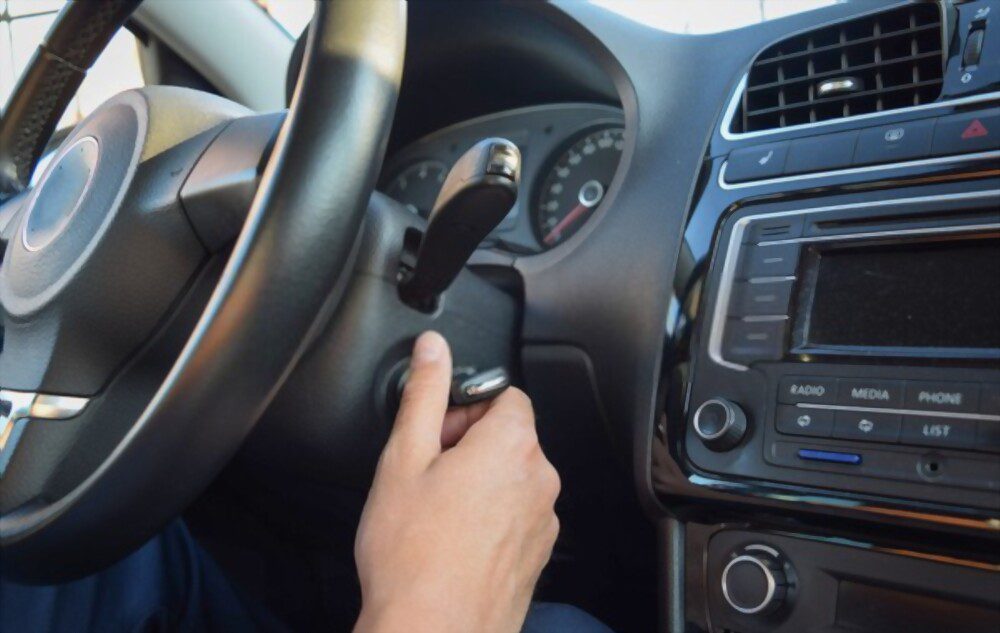
If the spark plug is covered in engine oil and the necessary spark can’t jump the gap because the plug is greasy, the car won’t start.
Strange Oil Gauge Behavior
If the oil gauge on the dashboard moves back and forth between “add” and “full,” the engine may have too much oil.
The gauge is made to work in normal conditions. If you change those conditions, the gauge may become “confused.”
Engine Running Too Hot
When there isn’t enough lubrication between moving parts, friction increases, which makes heat.
If this is happening all over the engine because the foamy oil can’t do its job, the temperature of the engine as a whole could rise to a level that could hurt or kill it.
How do you remove excess oil from the engine?
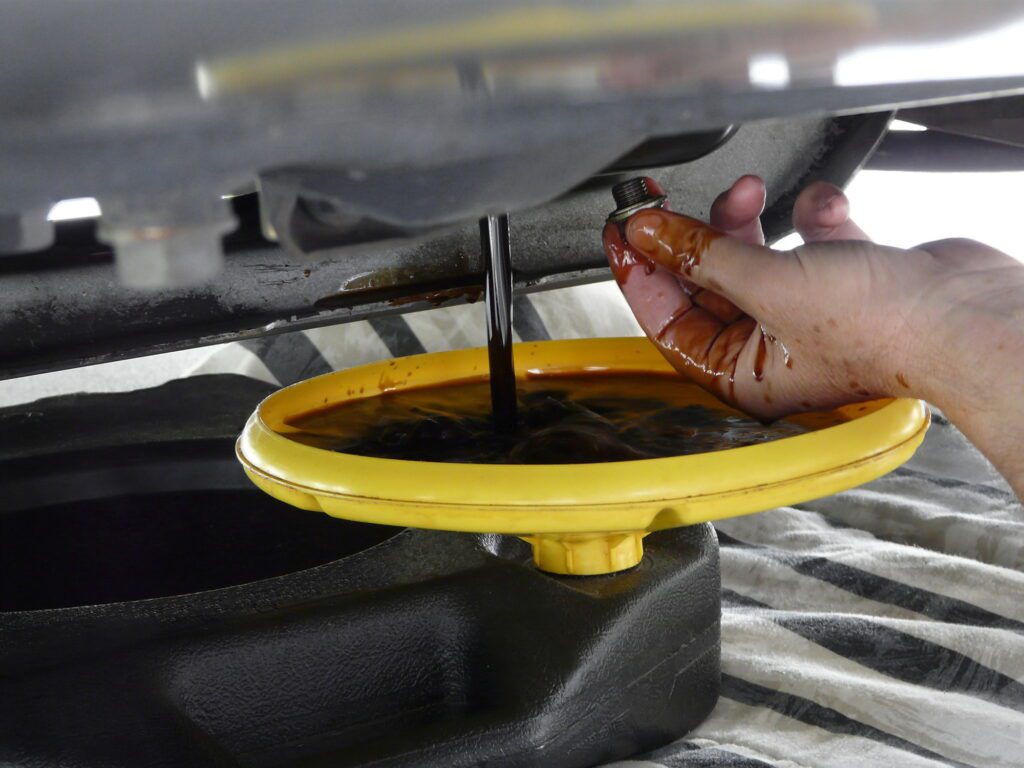
The only way to get rid of the oil that has built up in your car’s engine is to drain it. You can take it to a shop or drain the oil yourself to do this. but If you don’t mind getting dirty, you can easily remove the drain plug at the bottom of the oil pan and drain all of the extra oil yourself.
How many liters of oil does my engine need?
Between 4 and 8 liters of oil are needed to run a car engine. This is very different for each vehicle, but in general:
Four-cylinder engines require about 4.5 liters of oil.
Six-cylinder engines use about 5.5 liters of oil.
Eight-cylinder engines need between 4.5 and 7.5 liters.
Before adding or changing oil, you should always know how much your car needs. Check the lubrication section of your car’s owner’s manual to find out how much motor oil it needs. The amount of oil needed should be written in litres next to the type of oil your engine needs.
How much excess in oil is acceptable?
If you added more than half a quart of oil, you don’t need to worry. But if the engine oil level is 0.2′′ or more above the max mark on the dipstick or if you see foam on the dipstick, it’s time to drain some oil.
